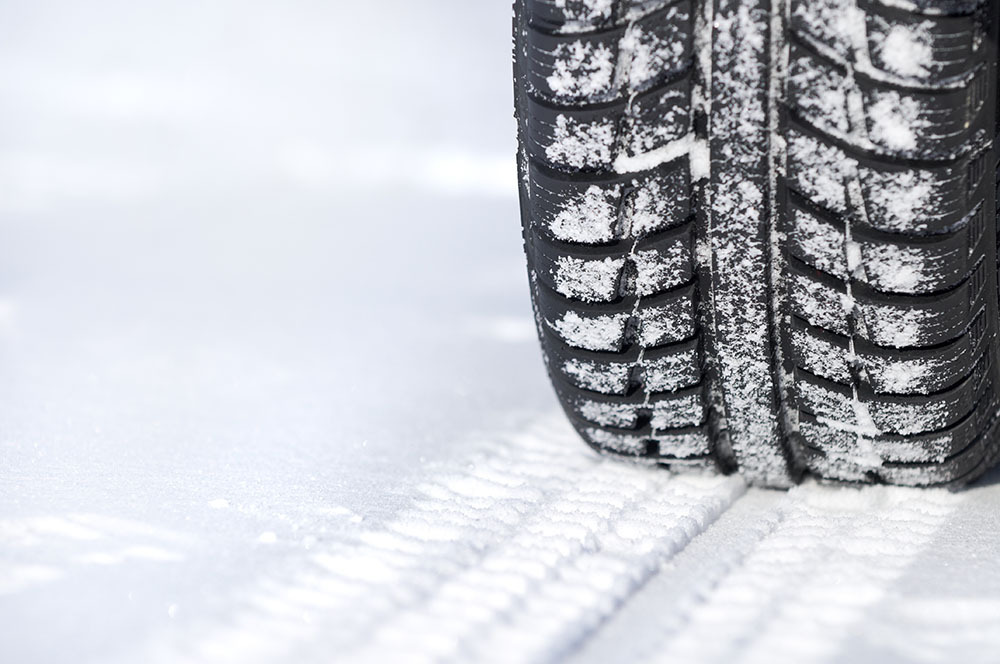TIRE TIPS

HOW ARE TIRE TREADS DESIGNED?
Tire treads are designed to provide traction on the road surface, and they are an important part of a tire’s overall performance. Tire tread patterns can vary depending on the type of tire, and each tread pattern is designed by the tire manufacturer to provide specific benefits. For example, some tread patterns are designed to provide a better grip on wet or icy surfaces, while others are designed to minimize noise and vibration.
Parts of a Tire Tread
Tread blocks are the large, thick pieces of rubber that make up the bulk of the tire tread. They provide traction and durability and are the main part of the tread that comes into contact with the road.
Ribs are thinner, raised sections of rubber that help to provide stability and support to the tread blocks.
Grooves are the channels that run circumferential directions between the tread blocks and help to evacuate water and debris from the contact area.
Sipes are thin, sharp lines that are cut into the tread blocks to improve traction on wet and icy surfaces.
Types of Tire Tread Patterns
There are three different tread patterns: symmetrical, asymmetric, and directional tire tread patterns, which are suitable for various driving conditions.
Symmetrical Tread Patterns
Symmetrical tread patterns are the most common type and are typically used on passenger cars but are not efficient on high-performance vehicles. They have a mirrored design on each side of the tire. Symmetrical tread patterns have continuous ribs that provide flexibility for tire rotation. They are long-lasting and enhance fuel efficiency. The patterns also provide a good grip on dry roads and rolling resistance but are not efficient in changing road conditions.
Directional Tread Patterns
Directional tread patterns have a V-shaped design that helps to channel water away from the tire. This type of tread is best for use in wet conditions, as it helps to prevent hydroplaning. The directional tread patterns are designed to provide optimal performance in a specific direction. They typically have large, wide tread blocks that are arranged in a V-shaped pattern. This design helps to provide good traction and stability when driving at high speeds as it resists hydroplaning.
Unidirectional tread patterns are designed to provide good traction and stability when rolling forward only. They typically have lateral grooves and smaller tread blocks that are arranged in a criss-cross pattern. This design helps to provide good traction and stability when turning at high speeds and is good for all-season tires; summer tires or winter tires overall.
Asymmetrical Tread Patterns
Asymmetrical tire tread patterns have different tire tread designs on the inner half and outer part of the tire. This type of tread is best for use on dry surfaces, as it provides good traction and handling. Asymmetrical tread patterns are designed to provide optimal grip and handling on dry roads, making them ideal for use on ultra-high-performance cars. These tires can handle higher speeds and provide greater stability and control when cornering.

